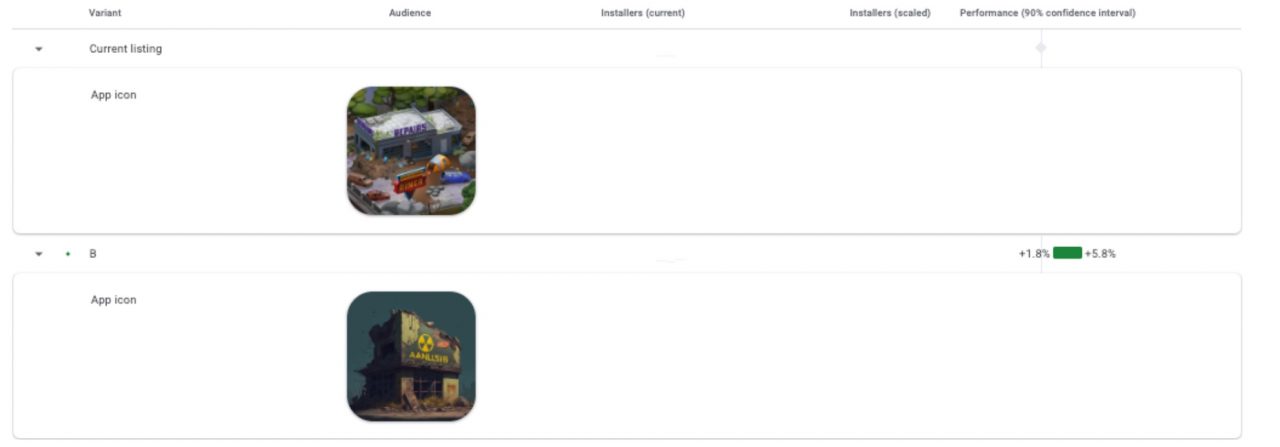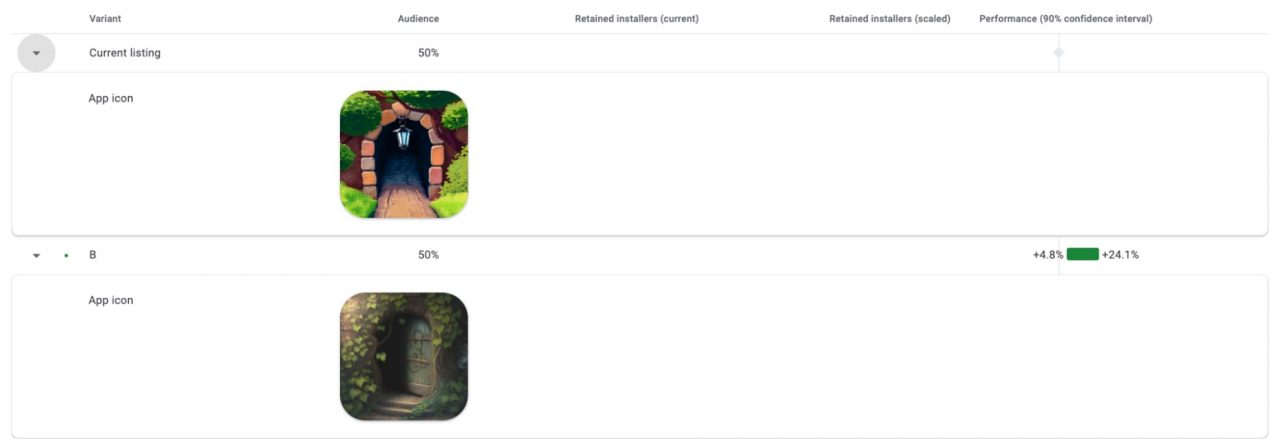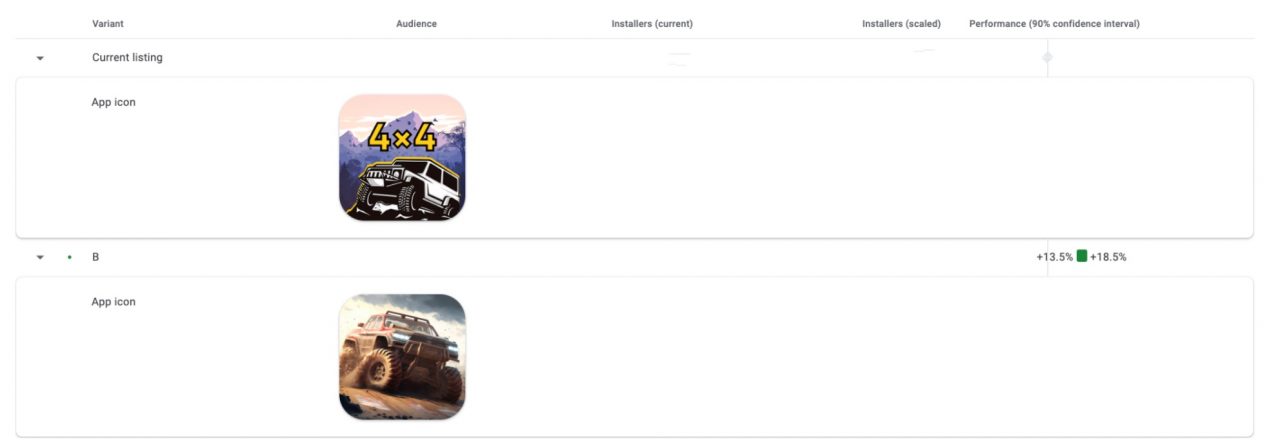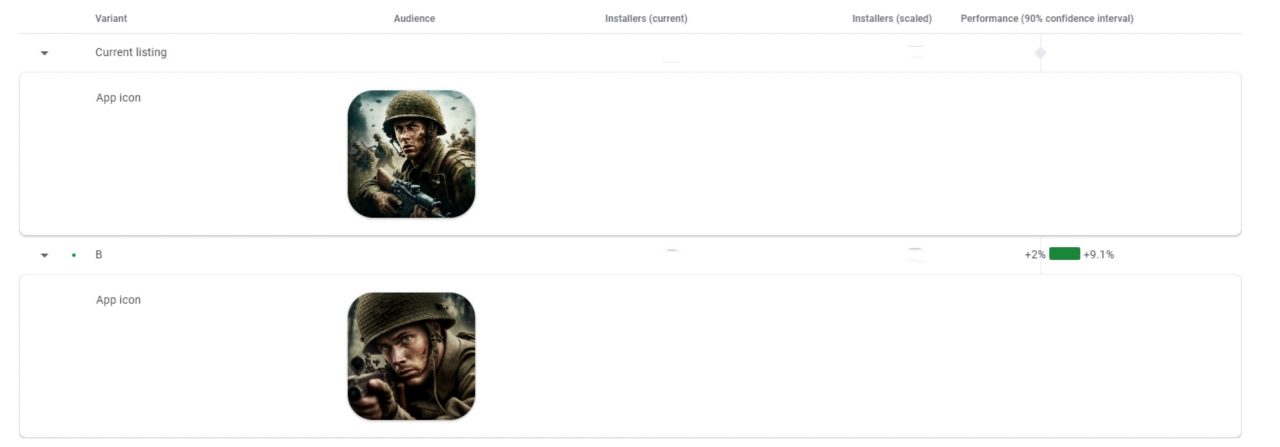First icon tests for ASO using AI
In ASO, we launch hundreds of tests every month and try out dozens of concepts that constantly need new art. To avoid distracting 2D artists every time, we’ve decided to use neural networks to create icons for first tests. We test the waters, generate icons, run tests. Then the artists join in, refine, and improve the art.
This has significantly sped up our work with ASO and relieved the art team, allowing them to focus on more challenging and important tasks. I’ll tell you and show some cases where the icons from the neural network have succeeded.
There’s no strict specific workflow for it. We can generate an image from scratch or blend it based on a references. We can create more iterations or just take the first option for testing – it all depends on the idea and the neural network’s output.
The neural network draws a finished image in just a couple of minutes (but it takes about 40 minutes to deal with prompts), while an artist takes a couple of days to do the same. We didn’t end up making a lot more icons with this, but we spend more time on testing and don’t overload artists with small tasks. It’s important to understand that the final art always ends up in the hands of the art department – the artists develop and refine the working ideas, and they don’t waste time on materials for first tests.
Game 1. Survival City Building
For the game about surviving in a post-apocalyptic world, we wanted to draw an abandoned empty building, ruins, radiation marks – things that would indicate a catastrophe had occurred. At that time, there was already a high-quality, detailed icon from the artists in the store that met our request overall.

We came up with a simple promt abandoned buildings, abandoned environments, radioactive signs, 2D style, and got this:

After the tests, we got between 2 to 6% expected growth of conversion to installs compared to the previous icon.

We decided to try out other options, especially since the icons can be made pretty quickly. It’s possible to use the same prompt but get four totally new iterations each time, which could be ready for testing. And that’s exactly what we did.
So, we ran the same promt again and got like ten more options in just five minutes. We tried switching abandoned building to abandoned factory, but the difference was hardly noticeable. Here are some of the icons:

Now we’re testing this version:

The art is pretty good, the only thing that gives it away is the text. Neural networks still don’t know how to generate text properly, even though it’s not a big deal for the first tests. However, developers fixed the generation of hands and fingers in the latest update, so we’re just waiting on the text now.
Game 2. Hidden Journey
Here, we decided to make an icon from scratch. We put in a promt: entrance to the cave with doors, ivy grows around the entrance. We quickly got a nearly perfect version and started testing it out:

As a result, icon showed a nice increase in the expected conversion to installs — from 4.9% to 24.1% compared to the previous one. That’s an awesome result considering the resources we put into it.

We tried using a reference – instead of creating a picture from scratch, we uploaded a first icon and added the parameter casual game style. The neural network drew the character and changed the visual style to make it more casual-looking.

Then we did the same thing again, but without a character. It doesn’t always work, but it helped in this case. Although a sign with poorly written text popped up.

We tried these icons too, but so far none of them have beaten the first one.
Game 3. Off Road
For off-road racing, we took a reference from a monster truck and added the suv in mud, sunny parameter. Here’s what we’ve got:

The conversion to installs showed an expected increase of 18.5% right from the first iteration. Not bad.

Game 4. Age of Revenge
In this project, we started with the original image that was already available in stores and was drawn by our artists. It’s a gloomy knight in a helmet:

We took it as a reference, added a couple of key words such as female knight, fantasy role-playing game, and send it to the neural network. On the fourth attempt, we got a pretty decent result:

But the metrics went down – as an example of how it is not always possible to understand the logic of why the art shows good metrics. It looks beautiful, but it doesn’t work. We tried to test another option, but it also did not work well:

The artists improved it and we ran the tests again:

We got a expected conversion rate of -30% to +20%. We returned to the original knight for now, but we will continue testing.
Game 5. World War Heroes
Here’s another case. An icon that looks like the Call of Duty posters boosted our convertion to installs by 5.2%:

We could have done better, so we tested another option, which showed an expected conversion rate increase from 2% to 9% compared to the previous version:


Conclusion
Neural networks is already saving us dozens of hours of artists’ work and helping us quickly find performing concepts for further development through first tests and idea verification. However, there are also downsides – the neural network doesn’t yet know how to work with text and doesn’t always understand the parameters in the request correctly.